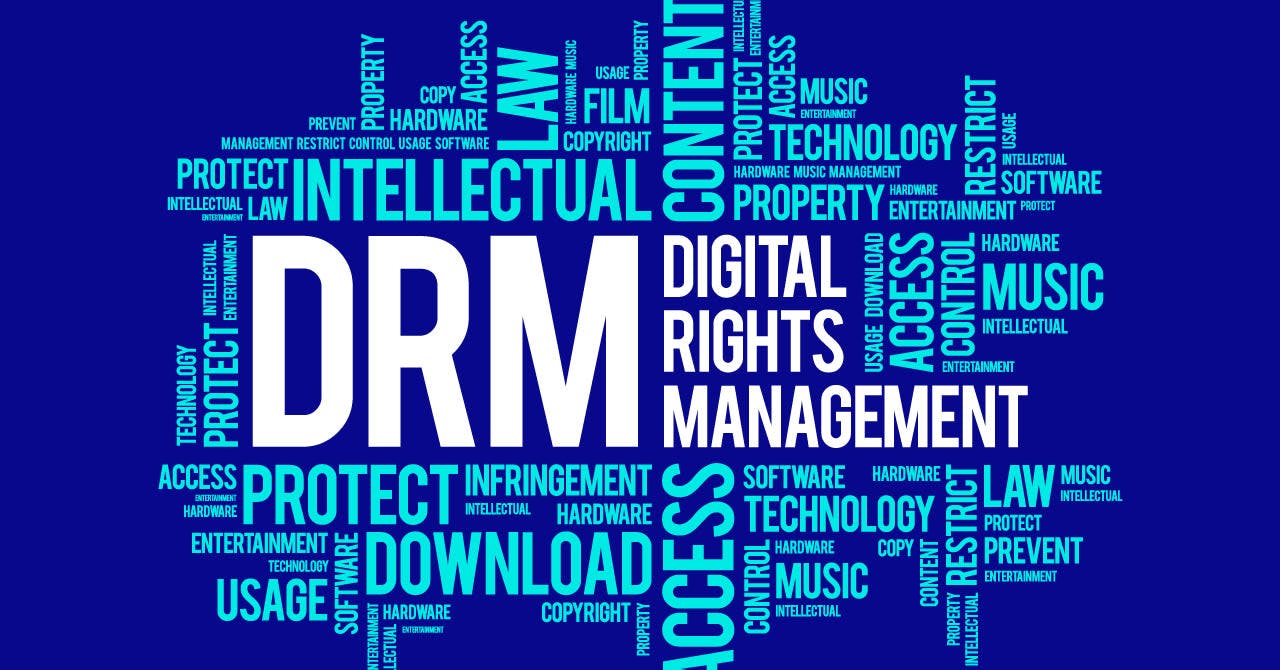Blog
Drm 2
Tech Talk
Security
Explicación del sistema DRM que protege los derechos de autor en la distribución de vídeo
Aug 24, 2021
Mientras aumenta rápidamente el número de usuarios de contenidos y servicios de distribución de vídeo, se hacen más patentes problemas como la infracción de los derechos de autor por parte de los titulares de los contenidos. Una tecnología de protección que está atrayendo la atención en este contexto es la Gestión Digital de Derechos (DRM). En este artículo se explican los mecanismos de DRM en la distribución de vídeo y lo que se puede conseguir introduciendo DRM.
